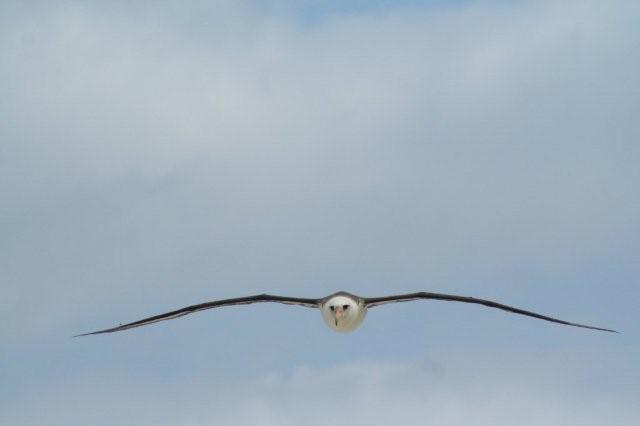Me, Fred learn so much in little time.
You know, I only first learn plastic in ocean maybe hmmmm,
less than year. Buddies at CSG in Ohio teach me much!
Albatross Friends teach me and guess what,
They teach heart of Friend Christi too!
Christi learn about albatross and turn Recycle Crafter!
Christi talk story with Fred about
Fatbottombags.com
Check out her bags make from plastic bag
instead toss into ocean or recycle bin!
Christi not complain about bag,
SHE TURN EM INTO BEAUTIFUL USEFUL NEW BAG!
Call this REPURPOSE!
Fred call this take Kuleana, Responsibility!
Mahalo nui Christi at fatbottombag.com





No comments:
Post a Comment